How to Get a Childrens Book Printed?
 Mar 24,2025
Mar 24,2025

 SESE
SESE
How to Get a Children's Book Printed
Creating a children's book is an exciting journey, but ensuring it is printed with high quality requires careful planning and attention to detail. This guide will walk you through the steps of getting your children's book printed, focusing on custom printing options to achieve the best results.
1. Define Your Children's Book Project
Choose the Book Type: Children's books come in various formats, including board books, hardcover books, and paperback books. Board books are ideal for babies and toddlers, while hardcover and paperback books suit older children.
|
|
|
|
Board Books |
Hardcover Books |
Softcover Books |
Determine the Target Age Group: Books for infants and toddlers often feature simple text and sturdy pages, while books for preschoolers and older children can have more detailed illustrations and longer text.
Select the Page Count and Size: Common sizes for children's books include 8" x 8", 8.5" x 11", and custom dimensions. The number of pages will depend on the story length and illustration requirements.
2. Prepare Your Book for Printing
To achieve professional print quality, you need to prepare your book files properly:
Ensure High-Resolution Illustrations: Use CMYK color mode with a minimum resolution of 300 DPI to avoid blurry images.
Select Fonts and Layout: Choose fonts that are easy for children to read and ensure proper text placement with clear margins.
Include Bleed and Safe Zones: Add a bleed area (usually 3mm) beyond the trim edge to prevent white edges after cutting. Keep important text and illustrations within the safe zone.
3. Choose the Right Printing Specifications
Binding Options:
Case Binding (Hardcover): Ideal for premium-quality books.
Perfect Binding (Paperback): Great for cost-effective printing.
Spiral Binding: Suitable for activity books or interactive books.
Paper Type:
Glossy: Vibrant colors with a shiny finish.
Matte: Soft finish, reduces glare, and is easy on the eyes.
Coated/Uncoated: Coated papers offer a more polished look, while uncoated papers are better for writing or coloring books.
Cover Finishes:
Foil Stamping: Adds a metallic shine for an elegant look.
Embossing: Creates a raised effect for texture.
Spot UV: Enhances specific elements with a glossy touch.
Lamination: Increases durability and resistance to spills.
Additional Features: Rounded corners, board pages, die-cut shapes, and pop-up elements can make the book more engaging.
|
|
|
|
Foil Stamping |
Embossing |
Rounded Corners |
4. Customize Your Book Printing
Customizing your book helps it stand out and meet specific design preferences:
Special Printing Techniques: Consider sprayed edges, foil stamping, and spot UV for a luxurious finish.
Custom Accessories: Include book boxes, stickers, and interactive elements to enhance reader experience.
|
|
|
|
Book Boxes |
Stickers |
Lift Flap Pages |





 Home
Home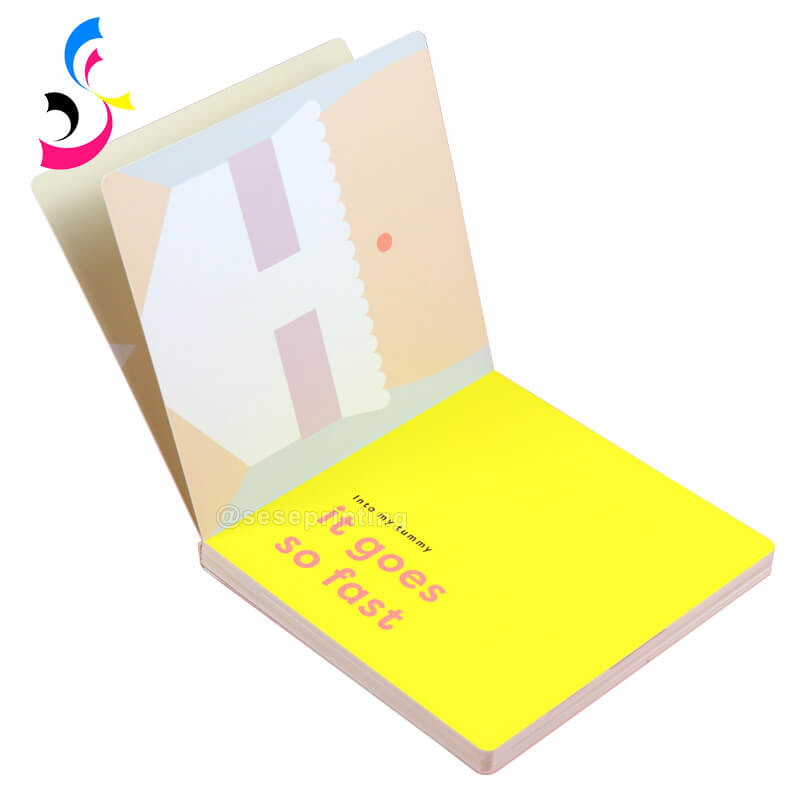
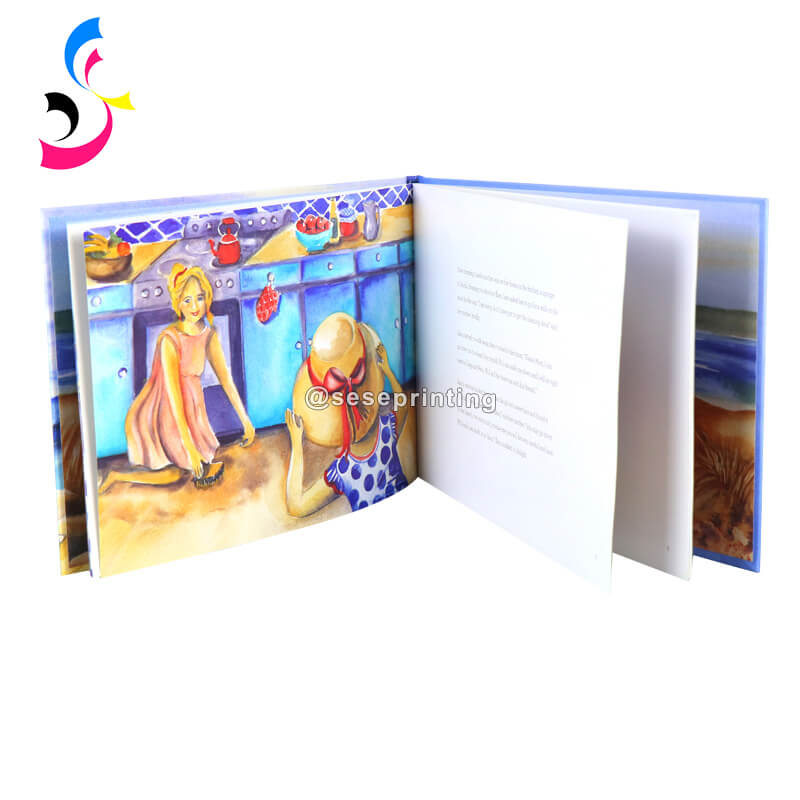
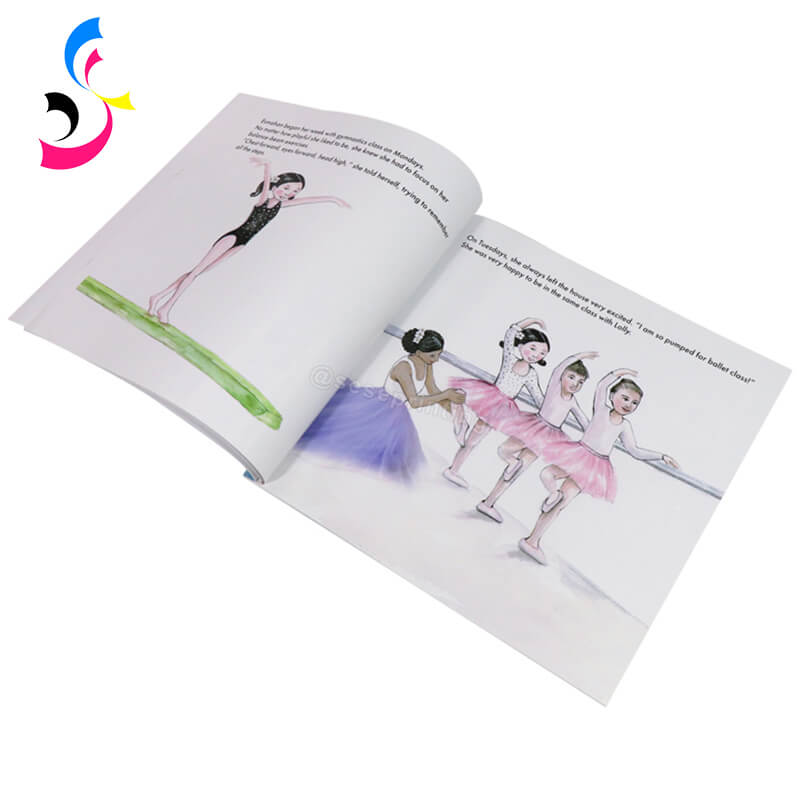
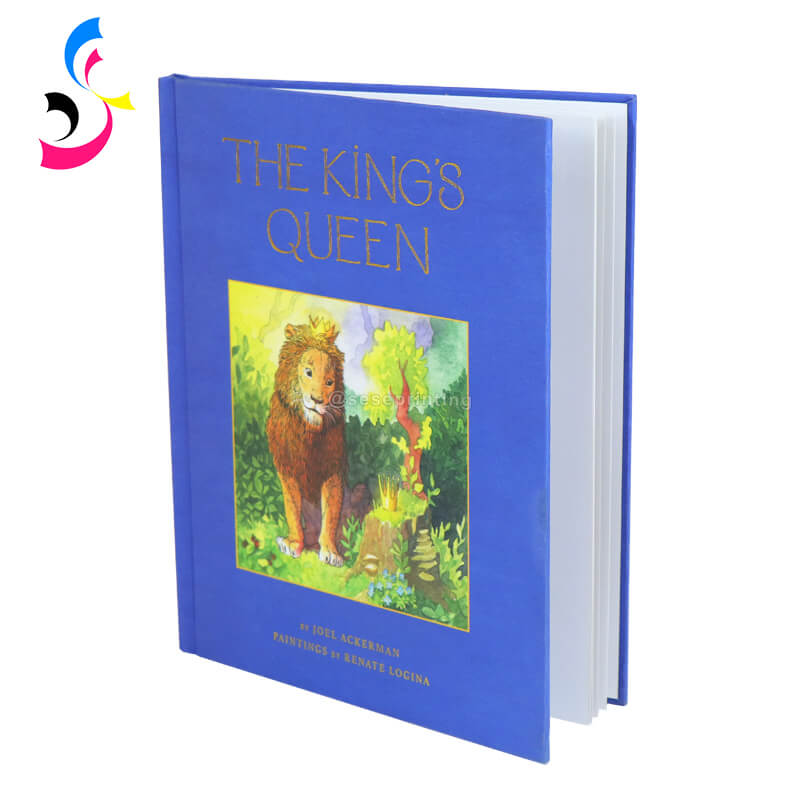

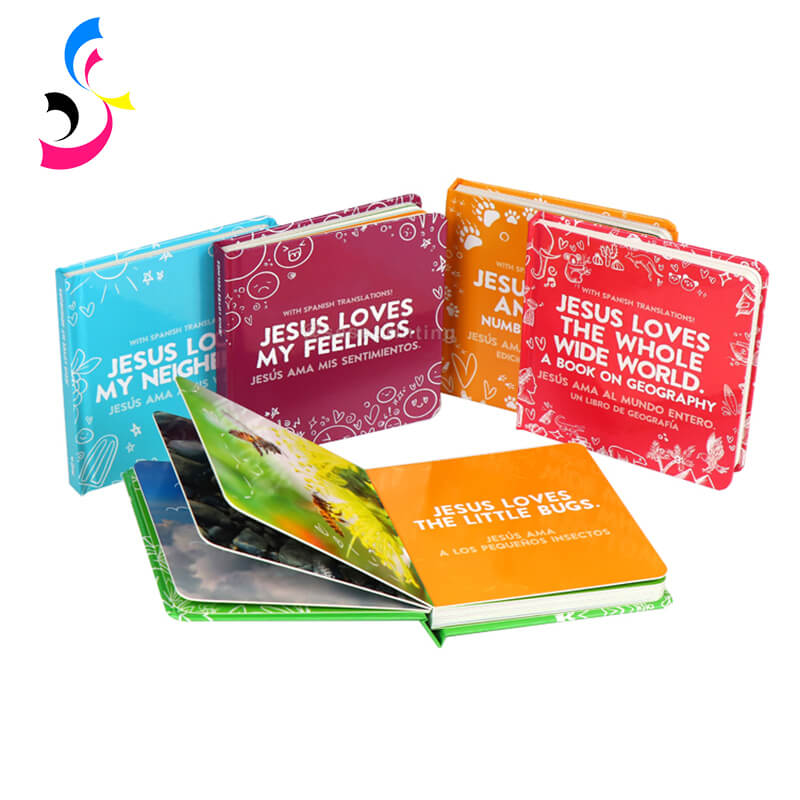
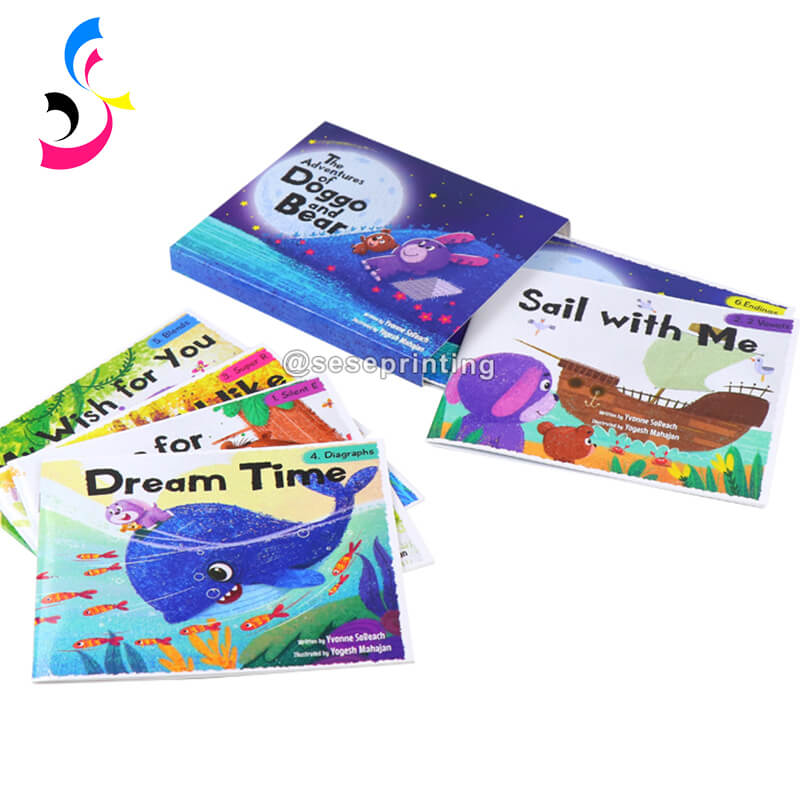
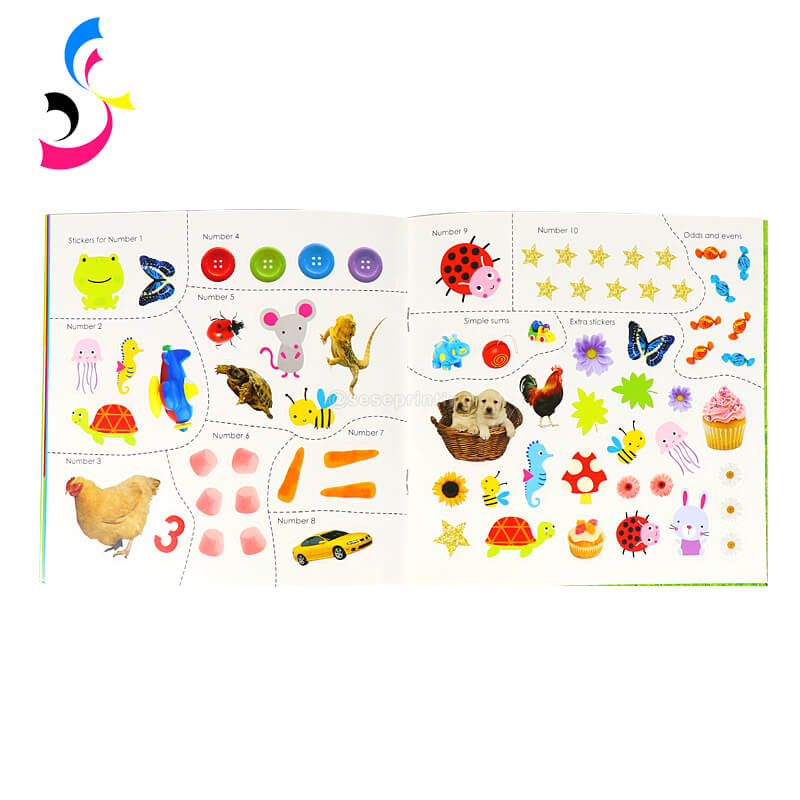
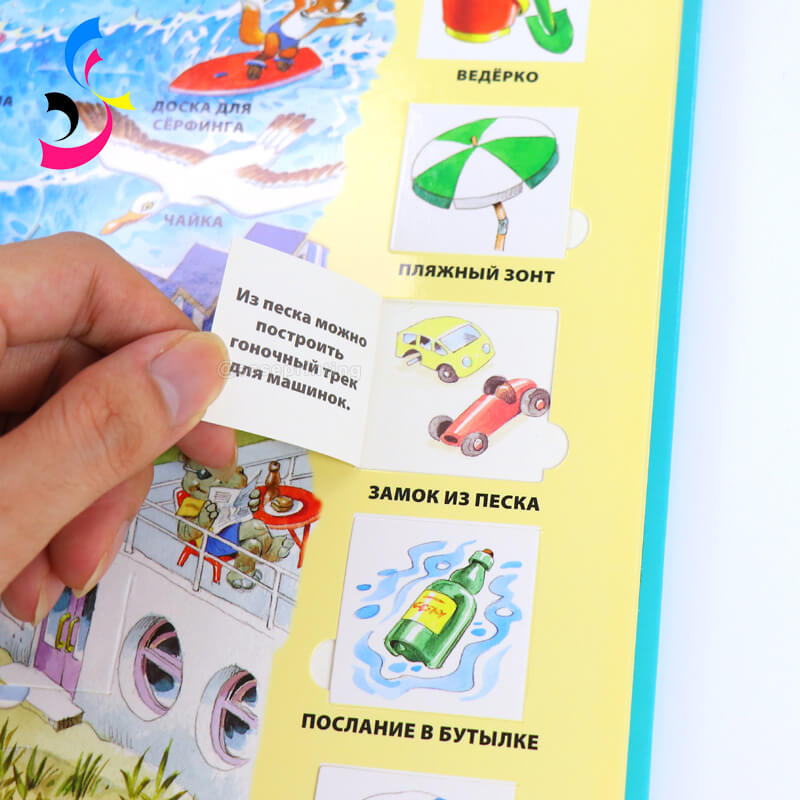
 How to Manufacture a Journal?
How to Manufacture a Journal?  You May Also Like
You May Also Like
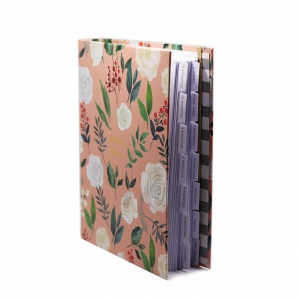

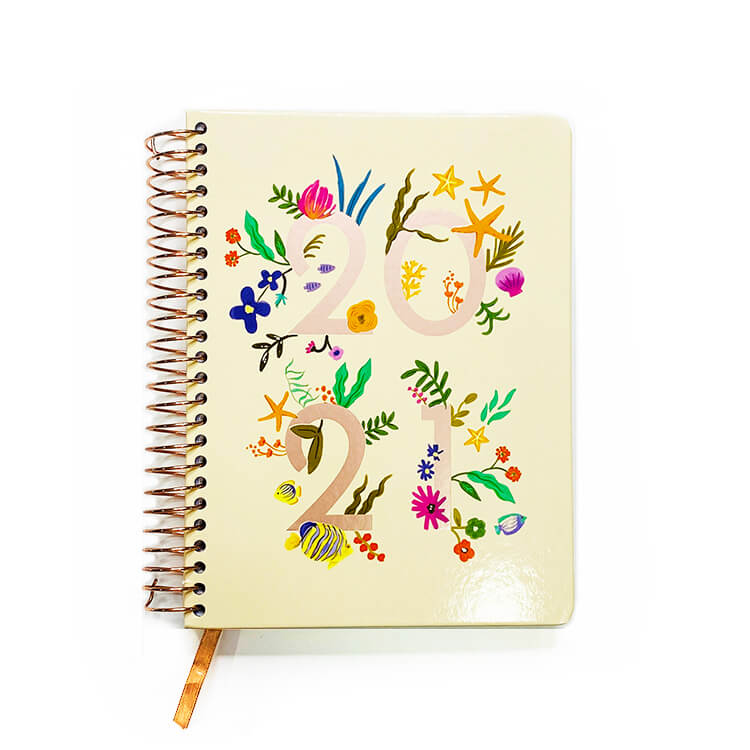

 Tel
Tel
 Email
Email
 Address
Address







